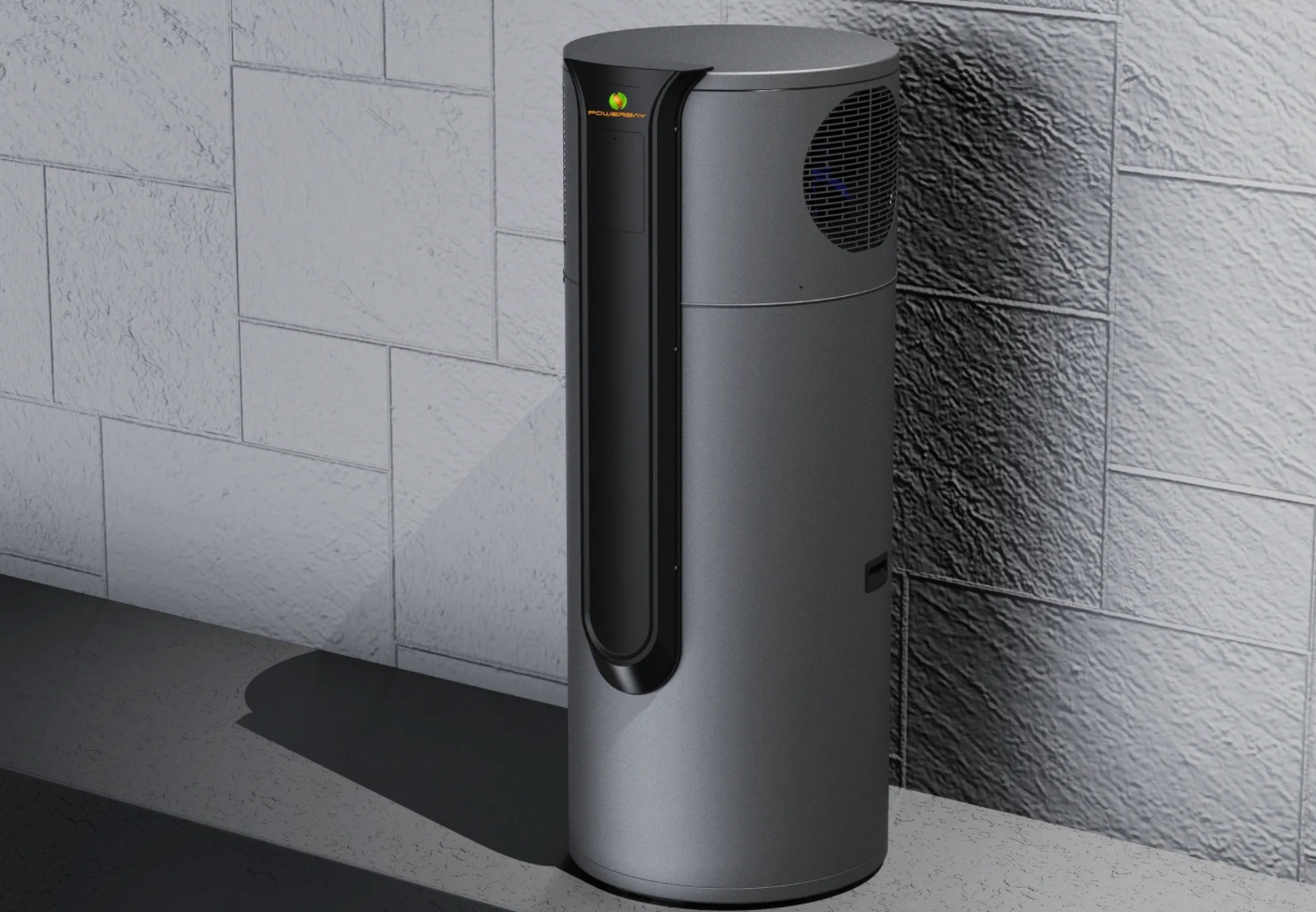Ducted Air Conditioning: Comfort and Efficiency Combined
Ducted air conditioning systems are the unsung heroes of modern home comfort, offering a seamless blend of convenience, efficiency, and luxury that’s hard to beat. Whether you're dealing with the sweltering heat of summer or the chilly days of winter, a ducted air system ensures that every corner of your home maintains the perfect temperature, making it a haven of comfort year-round.
Unmatched Comfort Throughout Your Home
One of the standout features of ducted air conditioning is its ability to create a consistent and comfortable environment throughout your entire home. Unlike split systems or portable air conditioners that only cool or heat individual rooms, ducted air conditioning distributes temperature-controlled air evenly across multiple rooms or zones. This means no more walking from a cool living room into a stiflingly hot bedroom, or vice versa. Every room you step into feels just right, offering an unparalleled level of comfort.
This consistency is particularly beneficial for families with members who have different temperature preferences. With zoning capabilities, ducted systems allow you to control the temperature in various areas of your home independently. So, whether someone prefers a cooler bedroom at night or a warmer living area during the day, you can easily adjust the settings to accommodate everyone’s needs without compromising overall comfort.
Energy Efficiency That Saves You Money
While ducted systems are often seen as a luxury, they can be more cost-effective in the long run compared to running multiple air conditioning units. The centralization of the system allows it to operate more efficiently, as it cools or heats your entire home from one location. This means that rather than having several units working independently—and sometimes redundantly—a ducted system operates with a singular focus, delivering precise temperature control with less energy waste.
Zoning plays a crucial role in enhancing this efficiency. By only cooling or heating the areas of your home that are in use, you can significantly reduce energy consumption. For instance, during the day, you might only need to air condition the living areas, while at night, the focus shifts to the bedrooms. This selective operation reduces the load on the system and, consequently, your energy bills.
Moreover, modern ducted systems are designed with energy efficiency in mind, often featuring advanced technology such as inverter-driven compressors, which adjust the power output based on the cooling or heating demand, rather than running at full capacity all the time. This smart technology ensures that your system uses only the energy it needs, leading to further cost savings and a reduced environmental impact.
Discreet and Aesthetically Pleasing
In addition to its functional benefits, ducted air conditioning is a great choice for homeowners who prioritise aesthetics. Unlike wall-mounted units that can disrupt the design of a room, ducted systems are hidden away in the ceiling or floor. The only visible elements are the sleek, unobtrusive vents that blend seamlessly with your home’s decor. This hidden installation not only keeps your space looking clean and uncluttered but also eliminates the noise typically associated with external air conditioning units.
The quiet operation of ducted systems is another significant advantage, particularly for those who value a peaceful home environment. Because the main components of the system are located outside the living areas, the noise level inside your home is minimal. You can enjoy the perfect indoor climate without the hum of an air conditioner disrupting your relaxation or sleep.
The Flexibility of Zoning
The ability to create zones within your home is one of the most compelling reasons to choose a ducted air conditioning system. Zoning allows you to divide your home into different areas that can be cooled or heated independently. For example, you might have one zone for the bedrooms, another for the living areas, and a third for the home office. Each zone can be controlled separately, meaning you can customise the temperature according to the specific needs of each area.
This zoning capability is particularly useful in larger homes or in households with varying schedules. You can reduce energy consumption by only air conditioning the zones that are occupied, rather than cooling or heating the entire house when it’s not necessary. Over time, this targeted approach can lead to significant energy savings and a more environmentally friendly home.
Long-Term Investment in Comfort and Value
While the initial cost of a ducted air conditioning system may be higher than that of other types of air conditioning, it’s important to view it as a long-term investment in your home’s comfort and value. Ducted systems are built to last, with many units offering a lifespan of 15-20 years or more with proper maintenance. This longevity means that over time, the cost per year of comfort is relatively low, especially when compared to the ongoing expenses of running multiple split systems or replacing portable units.
Furthermore, a ducted air conditioning system can add significant value to your home. In a competitive real estate market, the presence of a high-quality, energy-efficient air conditioning system can be a strong selling point, appealing to potential buyers who value comfort and sustainability. It’s an investment that not only improves your quality of life but can also enhance the overall value of your property.
Sustainability and Environmental Impact
In today’s world, where environmental concerns are increasingly at the forefront of consumer decisions, the sustainability of ducted air conditioning systems is a major selling point. Many modern ducted systems are designed with eco-friendly features, such as the use of refrigerants with a lower global warming potential (GWP) and high energy efficiency ratings. These systems are not only better for the environment but also align with the growing demand for green home technologies.
By opting for a ducted system with zoning and energy-efficient features, you can reduce your home’s carbon footprint. The ability to control and limit energy use in specific zones, combined with the efficiency of inverter technology, means that ducted systems are among the most sustainable air conditioning options available. They allow you to enjoy the comfort of a perfectly climate-controlled home without the guilt of excessive energy consumption.
Ducted air conditioning systems offer a winning combination of comfort, efficiency, and style, making them an excellent choice for homeowners who want the best of all worlds. Whether you’re looking to create a consistently comfortable environment throughout your home, reduce your energy bills, or invest in a system that adds value to your property, ducted air conditioning has you covered.
The ability to control the temperature in different zones, the hidden installation that preserves your home’s aesthetics, and the long-term cost savings all contribute to the appeal of ducted systems. As technology continues to advance, these systems are only becoming more efficient and user-friendly, ensuring that they will remain a top choice for discerning homeowners for years to come.
So, if you’re considering an upgrade to your home’s climate control system, or planning a new build, ducted air conditioning should be on your radar. It’s an investment in comfort, efficiency, and the future of your home.
Disclaimer: The information provided in this blog post is for general purposes only. While we strive to ensure the accuracy and reliability of the content, we make no representations or warranties of any kind, express or implied, about the completeness, accuracy, reliability, suitability, or availability of the information contained herein. Any reliance you place on such information is strictly at your own risk. We will not be liable for any loss or damage arising from the use of, or reliance on, the information presented in this blog post. It is always recommended to seek professional advice or conduct further research for specific situations or concerns. The inclusion of any links to external websites does not necessarily imply endorsement or support for the views expressed within them.


